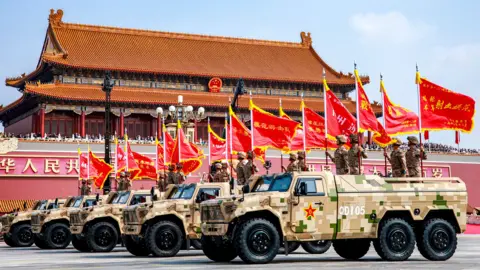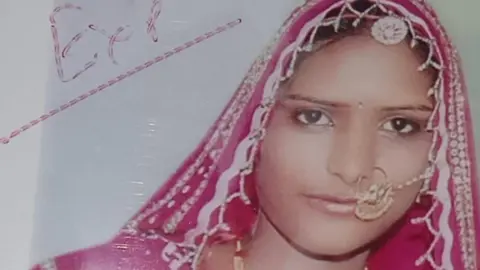The vibrant Tibetan community in India, particularly in Dharamsala and Bylakuppe, faces an epoch-defining moment as the leadership transitions from the Dalai Lama, who has masterfully established a governance structure that favors democratic principles over autocratic rule. The notion of democracy was a deliberate choice by the Dalai Lama, who witnessed the dysfunctionality of concentrated power during his political journey, especially in light of China's oppressive stance towards Tibetans after fleeing his homeland in the 1950s.
In fostering a system where power is distributed, the Dalai Lama hopes to shield the Tibetan culture and governance from external influences, particularly from Beijing. With his impending succession, the integrity of this democratic experiment is at risk of being tested.
On recent Wednesdays in Dharamsala, the Lhakar Gorshey dance—a traditional circle dance embodying Tibetan culture—brings the community together, a symbol of their resistance and unity in maintaining their identity. The Dalai Lama, now approaching his 90th birthday, has often remarked on the importance of moving past outdated forms of governance dominated by kings and religious figures. "We must align with global democratic values," he stated in 2011, upon retiring from politics.
Now, as the Tibetan community prepares for a future without his guidance, there are concerns over whether the newly elected parliament can sustain the Dalai Lama’s vision for a resilient and self-reliant exile government. The shift from a singular spiritual authority to a collective parliamentary system marks a significant challenge, demanding commitment from community leaders and active engagement from exiled Tibetans to cherish and uphold their identity for generations to come.
In fostering a system where power is distributed, the Dalai Lama hopes to shield the Tibetan culture and governance from external influences, particularly from Beijing. With his impending succession, the integrity of this democratic experiment is at risk of being tested.
On recent Wednesdays in Dharamsala, the Lhakar Gorshey dance—a traditional circle dance embodying Tibetan culture—brings the community together, a symbol of their resistance and unity in maintaining their identity. The Dalai Lama, now approaching his 90th birthday, has often remarked on the importance of moving past outdated forms of governance dominated by kings and religious figures. "We must align with global democratic values," he stated in 2011, upon retiring from politics.
Now, as the Tibetan community prepares for a future without his guidance, there are concerns over whether the newly elected parliament can sustain the Dalai Lama’s vision for a resilient and self-reliant exile government. The shift from a singular spiritual authority to a collective parliamentary system marks a significant challenge, demanding commitment from community leaders and active engagement from exiled Tibetans to cherish and uphold their identity for generations to come.



















